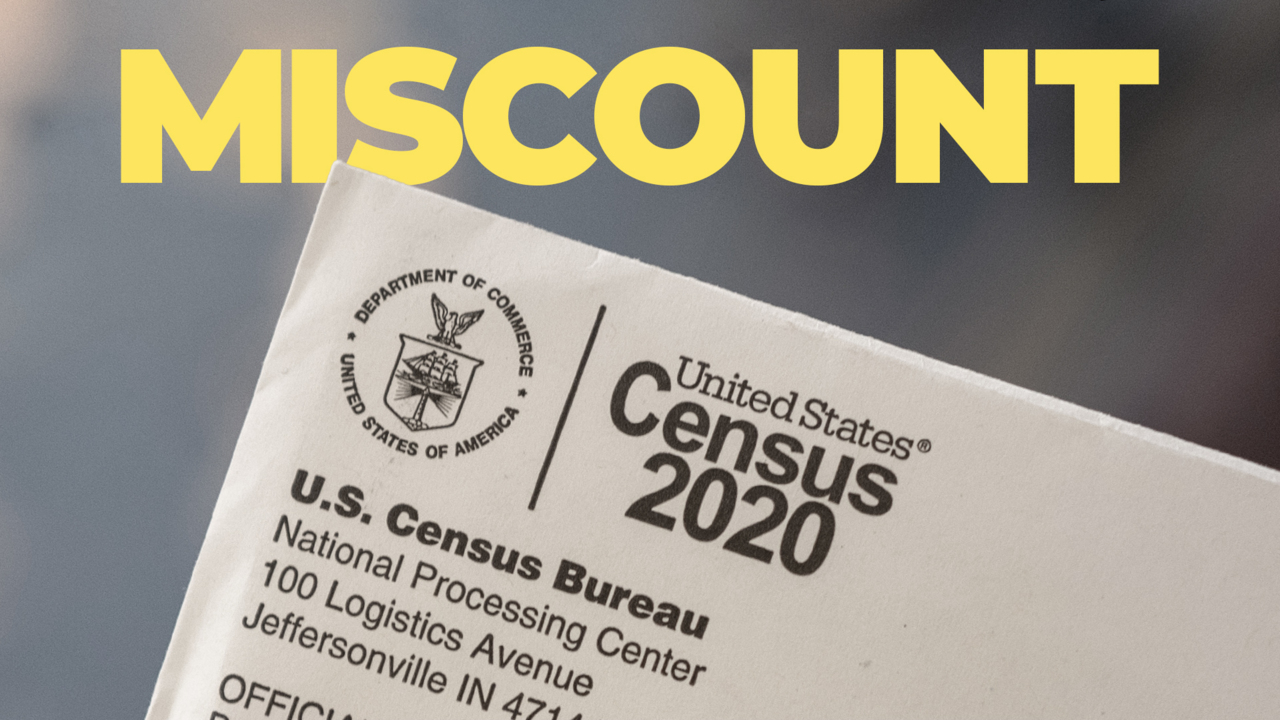
As many as one million people in some states were miscounted during the 2020 census. The mistakes in 14 states are big enough that the Census Bureau calls it “statistically significant”.
Here are two examples from the new revelations: Texas was undercounted by at least 548 thousand people, and as many as 930 thousand. New York was overcounted by 673 thousand people but could be as many as 977 thousand. Overall, overcounts occurred in predominantly blue states, while undercounts were mostly in red states.
So, why is an accurate Census so important?
The data is used to allocate trillions of dollars in federal funding, in addition to the number of Representatives each state has in congress, and in turn a state’s electoral votes for the Presidential election. On average it’s one seat and electoral vote for every 750 thousand people. A miscount this large means a state may have one more or one less congressional district than it should, and it will remain that way for every presidential and midterm election for the next decade.
Why did this happen?
The New York Times predicted this exact scenario in September 2020. They explained the Trump administration decided to end the count before the Census Bureau reached its goal of receiving responses from 99 percent of addresses on its list. The Times wrote quote: “Our analysis shows that those undercounts will cheat some states — mostly Republican — out of federal funding and one state out of a congressional seat.” Straight from DC, I’m Ray Bogan.






